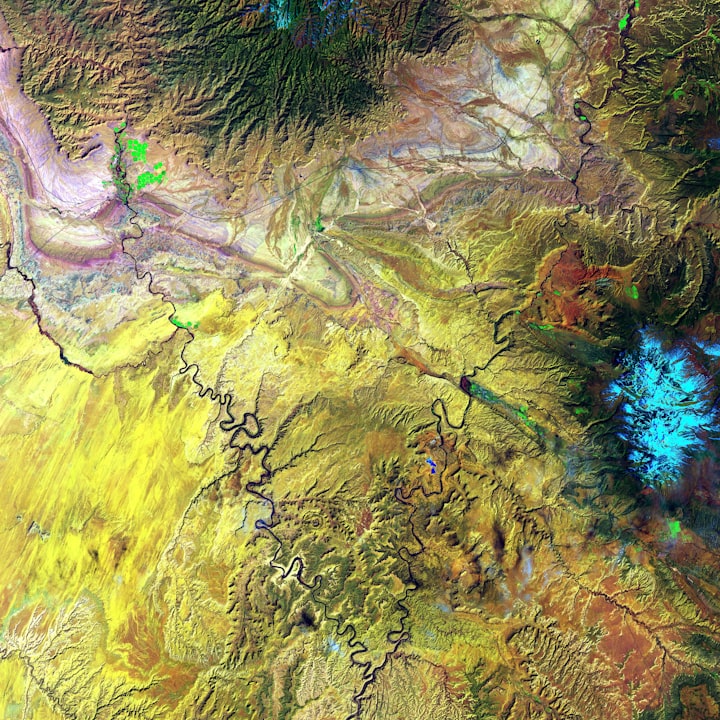Are Tectonic Plate Collision Zones Ideal for Nuclear Waste Disposal?
Examining tectonic plate collision zones as nuclear waste disposal sites and the challenges of the subduction process.

The notion of disposing of nuclear waste in tectonic plate collision zones raises critical concerns about environmental and human safety.
Despite the misconception that waste would simply disappear into the Earth's depths, the reality is far more complex and hazardous.
The Subduction Process
Subduction, the slow sinking of one tectonic plate beneath another, occurs at a glacial pace of 2 to 8 centimeters per year.
This protracted timeline contradicts the swift disappearance notion, as the waste would need to withstand the subduction movement for thousands to millions of years.
Geological Implications
Attempting to deposit waste in subduction zones fails to acknowledge the complexities of the Earth's geology.
These zones are located deep underwater, posing immense challenges and risks.
The substantial expenses and uncertainties of this endeavor further underscore its impracticality.
Magma and Heat
Contrary to the assumption that intense heat and magma would obliterate the waste, subduction processes occur at depths where temperatures are not high enough to incinerate waste.
Instead, the waste could potentially have catastrophic environmental repercussions if released in this manner.
Environmental and Human Risks
The hazards of channeling nuclear waste into subduction zones are multifaceted.
Leakage or contamination from the waste in the subduction process could lead to widespread environmental devastation and pose significant health risks to fauna, flora, and humans.
Inadvisable and Infeasible
The idea of utilizing tectonic plate collision zones as convenient waste disposal sites is both inadvisable and infeasible.
The complexities of geological processes, risks to the environment and human health, and the exorbitant costs involved all underscore the inherent flaws in this proposal.






